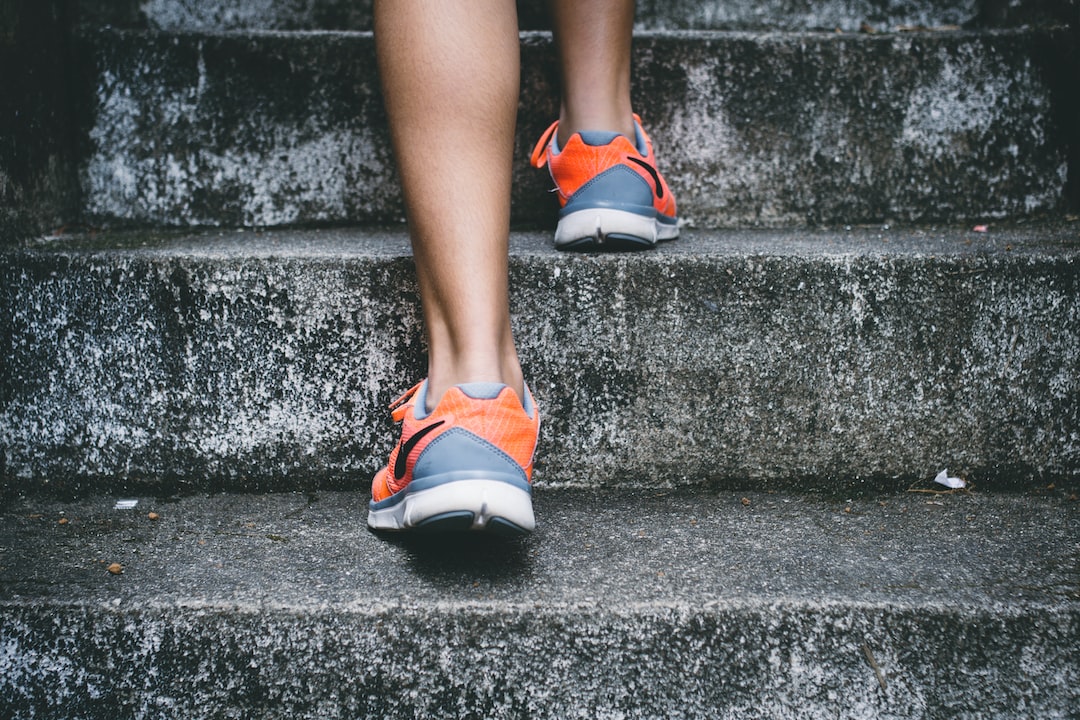
“High arches can be a runner’s best friend.”
High Arches: Running’s Secret Weapon?
Are high arches good for running? This is a question that many runners with high arches ask themselves. High arches, also known as cavus foot, can be a blessing or a curse for runners. On one hand, a high arch provides a natural shock absorber, which can reduce the impact on the foot and ankle during running. On the other hand, high arches can lead to foot pain, stress fractures, and other injuries if not properly managed.
In this article, we’ll explore the pros and cons of running with high arches, as well as some tips for managing and preventing injuries. Whether you’re a beginner or an experienced runner, this guide will help you make the most of your high arches and take your running to the next level.
What Are High Arches?
High arches are a condition where the arch of the foot is raised higher than normal. This can be caused by a variety of factors, including genetics, muscle imbalances, and neurological conditions such as cerebral palsy. High arches can lead to a variety of foot problems, including:
Foot Pain
High arches can put excessive pressure on the ball and heel of the foot, leading to pain and discomfort. This can be especially true for runners, where the repetitive impact of running can exacerbate the problem.
Stress Fractures
High arches can also increase the risk of stress fractures, which are small cracks in the bones of the foot. This is because the high arch puts more pressure on the bones, making them more susceptible to injury.
Instability
High arches can also make the foot more unstable, which can lead to sprains and other injuries. This is because the high arch makes the foot less able to absorb the shock of impact, which can cause the foot to roll or twist.
The Pros of Running with High Arches
Despite the potential problems associated with high arches, there are also some benefits to running with high arches:
Natural Shock Absorber
As mentioned earlier, high arches provide a natural shock absorber, which can reduce the impact on the foot and ankle during running. This can help to prevent injuries such as plantar fasciitis and Achilles tendonitis.
Better Balance
High arches can also improve balance and stability, which can be especially beneficial for trail runners and those running on uneven terrain.

The Cons of Running with High Arches
Despite the potential benefits, there are also some drawbacks to running with high arches:
Foot Pain
As mentioned earlier, high arches can put excessive pressure on the ball and heel of the foot, leading to pain and discomfort.
Stress Fractures
As mentioned earlier, high arches can increase the risk of stress fractures, which can be a serious injury that can take months to heal.
Instability
As mentioned earlier, high arches can make the foot more unstable, which can lead to sprains and other injuries.
Tips for Managing and Preventing Injuries
If you have high arches and are experiencing foot pain or other problems while running, there are some things you can do to manage and prevent injuries:
Wear Proper Shoes
Wearing proper shoes is essential for runners with high arches. Look for shoes with good arch support and cushioning, as well as a wide toe box to allow for natural foot movement.
Stretch and Strengthen
Stretching and strengthening exercises can also help to prevent injuries in runners with high arches. Focus on stretching the calf muscles and strengthening the muscles in the foot and ankle.
Gradual Progression
Gradual progression is important for all runners, but especially for those with high arches. Don’t increase your mileage or intensity too quickly, as this can lead to injury.
Consult a Professional
If you’re experiencing foot pain or other problems while running, it’s important to consult a professional. A podiatrist or physical therapist can evaluate your foot and provide recommendations for treatment and prevention.
The Bottom Line
So, are high arches good for running? The answer is both yes and no. While high arches can provide a natural shock absorber and improve balance and stability, they can also lead to foot pain, stress fractures, and other injuries if not properly managed. By following the tips outlined in this article, you can make the most of your high arches and take your running to the next level.
Are There Any Other Benefits to High Arches?
While high arches can cause problems for runners, there are also some potential benefits to having high arches:
Improved Propulsion
Some studies have suggested that high arches can improve propulsion during running, which can lead to faster times and better performance.
Better Shock Absorption
High arches may also improve shock absorption during other activities, such as jumping and landing.
Enhanced Balance
Finally, high arches may enhance balance and stability during other activities, such as yoga and dance.
While more research is needed to confirm these potential benefits, they suggest that high arches may be a secret weapon for athletes in other sports as well.
Conclusion: Use Your High Arches to Your Advantage
Whether you’re a runner, dancer, or yogi, having high arches can be both a blessing and a curse. While high arches can lead to foot pain and other problems, they can also provide a natural shock absorber, improve balance and stability, and potentially enhance performance in other activities. By following the tips outlined in this article, you can manage and prevent injuries related to high arches and use your high arches to your advantage.

Frequently Asked Questions
What are high arches?
High arches, also known as cavus foot, are a condition where the arch of the foot is raised higher than normal. This can be caused by a variety of factors, including genetics, muscle imbalances, and neurological conditions such as cerebral palsy.
Are high arches good for running?
The answer is both yes and no. While high arches can provide a natural shock absorber and improve balance and stability, they can also lead to foot pain, stress fractures, and other injuries; therefore, it’s important to manage and prevent these potential problems.
What problems can high arches cause?
High arches can cause foot pain, stress fractures, and instability, which can lead to sprains and other injuries. This is because high arches put excessive pressure on the ball and heel of the foot and make the foot less able to absorb the shock of impact, causing the foot to roll or twist.
What can I do to prevent injuries if I have high arches?
You can prevent injuries caused by high arches by wearing proper shoes with good arch support and cushioning, stretching and strengthening your calf muscles, and gradually increasing your mileage or intensity to avoid injury. It’s also important to consult a professional, such as a podiatrist or physical therapist, if you’re experiencing foot pain or other problems.
Are there any benefits to having high arches?
While high arches can cause problems for runners, there are also some potential benefits to having high arches. Studies suggest that high arches can improve propulsion during running, improve shock absorption during activities such as jumping and landing, and enhance balance and stability during activities such as yoga and dance.
